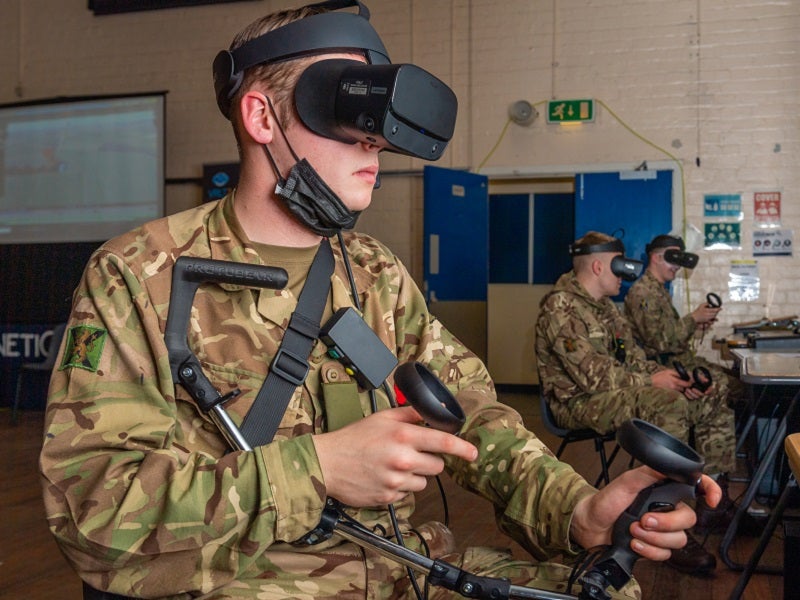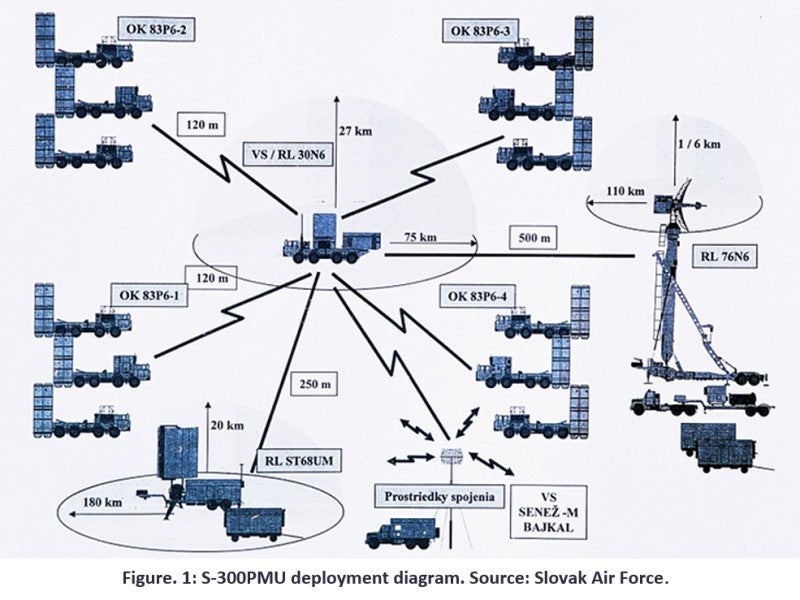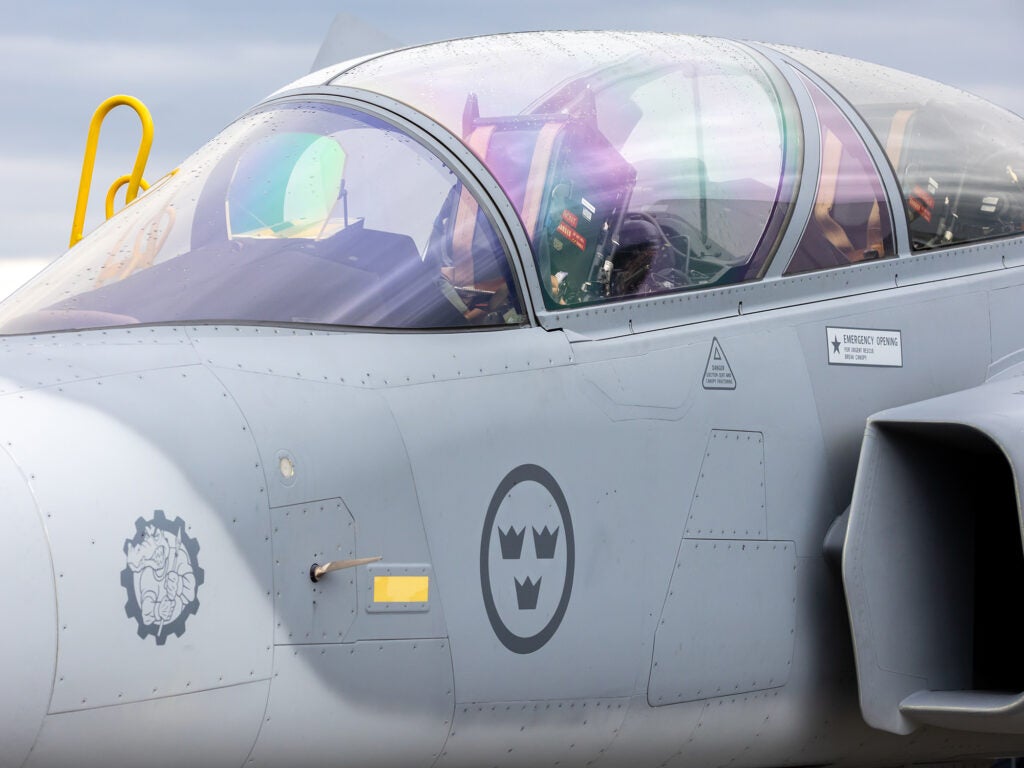In Ukraine, one of the primary roles open-source intelligence (OSINT) has played is supporting Ukrainian efforts to dominate the narrative competition with Russia. Both sides are engaged in a rhetorical and political conflict, distinct from direct and indirect military actions, attempting to not only encourage their own forces and populaces, but to sway international sentiment. The US Army’s ‘The Army in Military Competition’ white paper identifies multiple strategic, operational, and tactical benefits stemming from successful narrative competition. The benefits of upholding a strong position in narrative competition can be seen in Ukraine, with intense OSINT attention aiding these successes.
A key benefit that OSINT has produced for the Ukrainian Armed Forces is how it has somewhat cut through the fog of war, disclosing egregious Russian actions and dispelling Russian excuses. There are numerous examples where, with the aid of OSINT techniques such as geolocation and satellite image analysis, potential Russian war crimes have been widely disseminated in the West via social media. Furthermore, OSINT has then been used to counter Russian explanations.
For example, in early March OSINT verified that the Russian Air Force (VKS) used unguided “dumb bombs” against civilian targets. Following an airstrike which killed 47 civilians in Chernihiv, video footage identified an unexploded unguided FAB-500 M62 bomb being removed from an air strike location. Three days later the VKS released a video showing a Su-34 loaded with eight FAB-500 bombs. Whilst it is no secret that the VKS is using unguided munitions in Ukraine, evidence of them being used against civilian targets is politically damning.
Another example is the massacre at Bucha, where civilians were executed and left in the street by occupying Russian forces, later to be discovered by advancing Ukrainians. Russian Foreign Minister Lavrov claimed that the scene had been staged using cadavers after Russian forces retreated.
However, satellite imagery from MAXAR disproved this assertion, showing bodies in the streets nearly two weeks before Russian forces retreated. In terms of real-world impact, the revelations produced by OSINT have served to appall Western society at large, and have generated immense political pressure for Western governments to both punish Russia and arm Ukraine.
Arms have flowed to Ukraine from the West on a massive scale, having a substantial impact on the war. Western MANPADS have played a pivotal role in preventing Russian air domination, which in turn allowed the Ukrainian Armed Forces to resist the siege of Kyiv and continue to target Russian columns with UAVs and jets. The intensity of the political pressure brought to bare for Western governments to act can be seen clearly in the German government’s actions, not only pausing the Nord Stream II pipeline, but also reversing an historic policy of never sending weapons to conflict zones.
Additionally, OSINT in Ukraine has been instrumental in undermining Russia’s political strategy in Ukraine. Since early February, the US intelligence has loudly been warning that Russia would use false flag incidents as a pretext for the war in Ukraine. Endeavoring to steer the international narrative and create a justification for armed intervention, Russia would manufacture false attacks and atrocities and blame the Ukrainians. However, with the aid of OSINT, these incidents have been debunked, degrading Putin’s capacity to influence the international response to his invasion.
For example, on 18 February, five days prior to the invasion, LDR and DNR authorities published a video in which an emergency evacuation of separatist-held areas was announced following a Ukrainian escalation in. This video creates a narrative of the LDR and DNR as passive victims and of Ukraine as the aggressor targeting, or at least endangering, civilians. OSINT investigation of the video, however, undermines this narrative. Metadata for the videos published reveals that they were filmed on 16th February despite a DNR official stating, “today, on 18 February” in the video. This indicates that the evacuation was pre-planned, and therefore so was the escalation in fighting which precipitated it.
This incident reveals how Russia has choreographed false flag incidents to create a narrative for an international audience, with Ukraine as the aggressors and Russia as peacekeepers. This narrative, whilst not being utterly convincing in the West, would grant enough political chaff to prevent an immediate international response, and so would provide enough time for the planned seizure of Kyiv and the removal of the Zelensky government.
Comments from the Russian government indicate that they expected the war to be over in a matter of weeks. This did not happen, due in part to the resilience of Ukrainian morale and fighting spirit. UK Army Doctrine identifies three components to warfare: moral, conceptual, and physical. The conceptual and physical components refer to the application of doctrine and manpower and materiel respectively. Equally as important in the moral component, the human aspect of fighting power which encompasses both morale and leadership.
Whilst President Zelensky’s leadership has attracted great admiration since the beginning of the war, OSINT has also played a role in solidifying Ukrainian morale. Evidence based accounts of Russian losses and interceptions of frantic Russian communications are encouraging Ukrainian fighters. Dissemination of Russian atrocities, such as Bucha, and Ukrainian heroism, such as Snake Island, increases Ukrainian fighting spirit. In this way, OSINT has aided in shoring up Ukrainian morale, and fortifying Ukrainian national identity.






